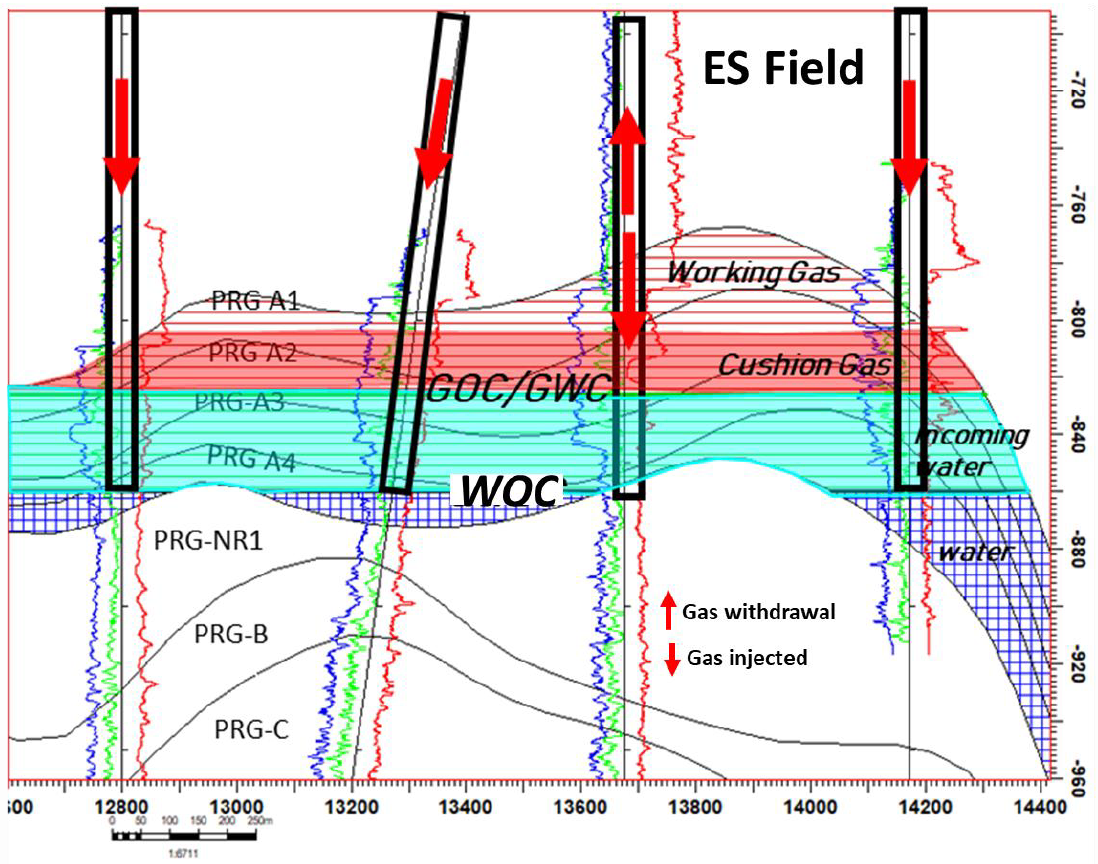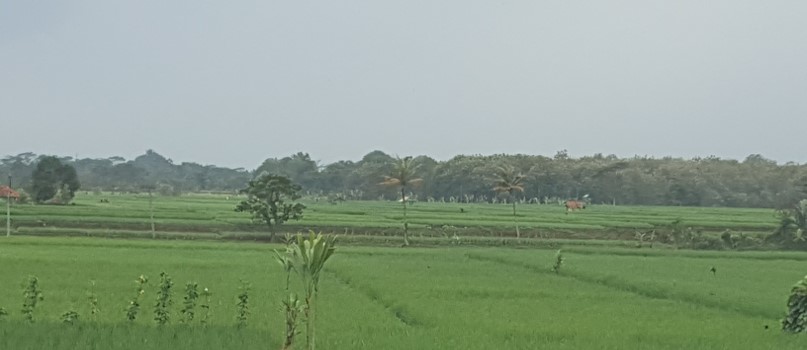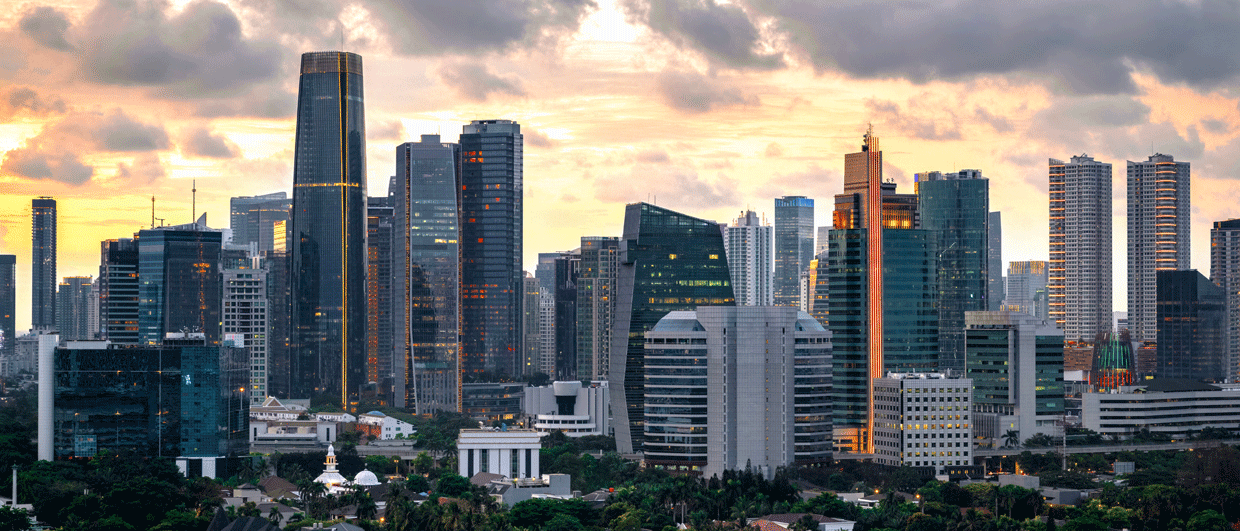Indonesia is heavily reliant on gas for a variety of purposes. This is particularly true for Java, which is the most densely populated island of the Indonesian archipelago, and which is hosting a number of industrial complexes that consume significant amounts of gas in a number of fertilizer and petrochemical plants.
Looking at Java as a whole, it is West Java that is currently facing a situation where gas supply is at risk in the short to medium term. Information released by the Department of Energy and Mineral Resources of the West Java Province has confirmed that the supply of gas to the industrial market can possibly start declining this year already. The industry has seen this coming; the Kujang fertiliser plant on West Java recently decided to increase their production capacity at a subsidiary in the east of the island around Cepu, where gas supply is less of an issue.
The problem partly lies in the fact that East and West Java are not connected through a gas pipeline. At the same time, gas production is declining rapidly from fields that are feeding into the West of Java.
It shows that even though Indonesia as a whole is a gas exporter, some regions within the country can still experience a shortage of supply. For that reason, it is worth investigating the possibility to store gas in subsurface sites, preferably close to where the main market is, such reservoirs can be filled in times of low demand and produced from when demand is higher.
This does not take away the need to ultimately connect West Java to the gas fields of East Kalimantan in order to guarantee security of supply in the West.
Old fields
Along the northern coast of offshore western Java, a number of oil, gas and condensate fields can be found. Many of these fields, most of which host oil and an overlying gas cap, started production in the 1970’s to 1990’s but are currently sub-economic for oil production due to natural decline. Production of the gas cap is currently still taking place from some of these accumulations, but for many the anticipated cessation of production will be in the next few years.

In order to guarantee the security of supply, West Java also receives gas from fields near Sumatra, further to the west. For that reason, the SSWJ1 and SSWJ2 pipelines were constructed. However, the gas fields in Sumatra are also depleting, which makes an even stronger case for building an underground storage facility. Only in that way, uninterrupted supply can be achieved during times of higher demand.
But where are the best candidates for gas storage in the West Java area? The well-known Parigi carbonates form a logical candidate.
Paragi carbonates
Drilled in 1968, Well A-1 was the first to discover the Upper Miocene Parigi carbonates in the West Java Basin. Since then, many more wells demonstrated the regional presence of this carbonate succession, which can attain up to 450 m in thickness. A number of oil, gas and condensate fields were discovered in isolated carbonate build-ups of the Parigi carbonate.
With an overall shallow depth of burial, ranging between 800 and 1000 m, the diagenetic alteration of this succession did not change the primary depositional textures to a great extent. For that reason, the reservoir quality is primarily controlled by the original depositional facies of the carbonates. The pore system mainly constitutes of interparticle microporosity within the carbonate mud matrix of wackestones and packstones; only locally dissolution has created and enhanced both porosity and permeability in carbonate mud by enlarging the micropores and increasing their interconnectivity. (Bukhari et al., 1992).
The reefs are generally in the form of ramps with the fore reef position pointing south while the reefs on the surface are steep with their axes oriented towards E-W and NE-SW. There are a few isolated reefs that developed on top of paleo-highs, such as the ES field.

ES field
The Parigi carbonate constitutes the largest reservoir in the ES field. The first well test was carried out in January 1979 from well EGS-1 at a reservoir pressure of 1258 psi. The cumulative production in March 2014 amounted to 10,67 million barrels of oil and 80 Bcf (2,3 Bcm) of gas. Based on current economic models, it is expected that oil and gas production from the ES field will cease in 2024.
Following time-depth conversion of the top reservoir and several intra-formational horizons, a geological model of the field was made. This model was subsequently populated with a porosity attribute, constrained by well data. It is estimated that four injection wells will be required to fill the reservoir volume up to 59 Bcf in two years. With an anticipated cushion gas volume of 13 Bcf, the total working volume of for this field is expected to be 47 Bcf (1.3 Bcm).





